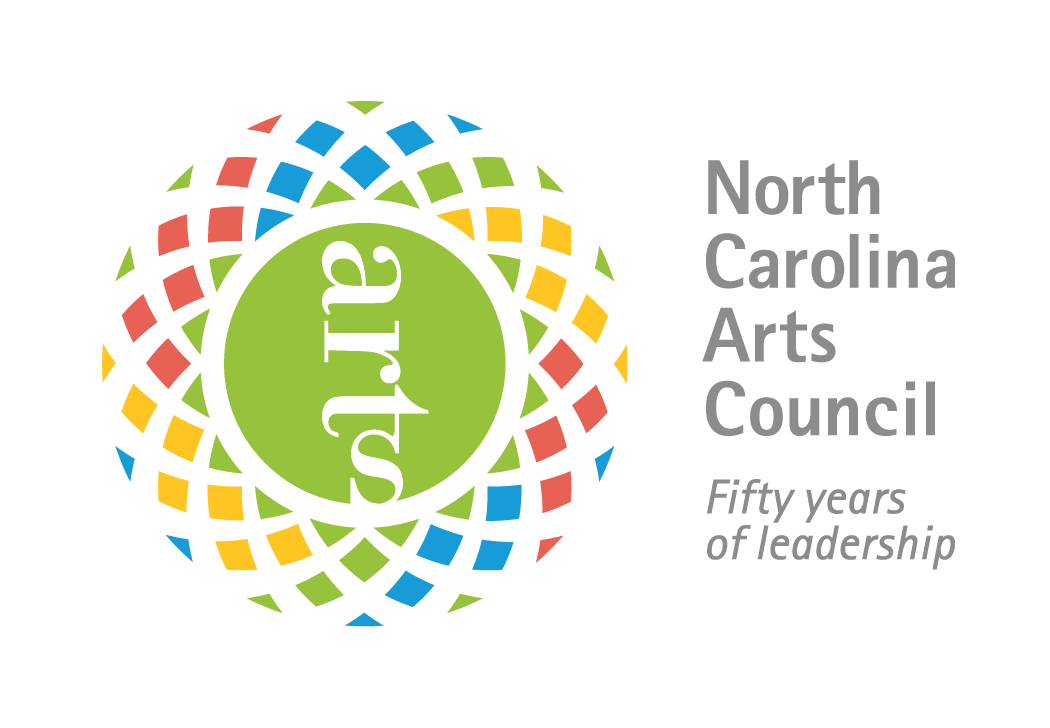News
Charlotte Symphony Ends Season With Thrilling Benchmark Program
May 8, 2015There was plenty for the Charlotte Symphony and its Classics Series subscribers to celebrate even before the opening bars of the 2014-15 season finale were played. Press releases had gone out the previous evening announcing that Christopher Warren-Green had signed on as CSO music director for another four seasons, through 2018-19. Then the morning newspaper reported that orchestra had rung up a surplus for its second straight fiscal year with still more revenues yet to be tallied before the books are closed. Nor was the season ending with a whimper as two repertoire favorites were on the program, both scoring in the top 25 of WQXR's listener poll for the past three years Rachmaninoff's Piano Concerto No. 3 and Dvořák's "New World" Symphony. A potent pairing, to be sure, with Natasha Paremski at the Belk Theater for the first time since 2010, when she played the Rach 2, paired with Warren-Green's first shot at the "New World" in his then-new hometown.
Everyone involved was more impressive this time around, playing with more fire, assurance, and clarity. Paremski hadn't excited me in her Charlotte debut, and compared with Gerard Schwarz's performance at the Eastern Music Festival in 2007 or even James Gaffigan's audition for the CSO directorship in 2008 Warren-Green's "New World" had sounded so old, tired, and even occasionally disorganized that I felt it kind not to write about it. So the final concert for 2014-15 became for me more than a watershed moment when the CSO cemented its financial and artistic stability. The Dvořák performance was a benchmark that showed how much Warren-Green has achieved in his five years of working with his Charlotte musicians, happily paired with some astonishing maturation at the keyboard from Paremski that transcended the thunder of Rachmaninoff.
If you remember Geoffrey Rush's Oscar-winning performance of 1996 in Shine, you'll remember how the Rach 3 was at the heart of the splash that the film made in the classical music world while adding to the legendary aura of the concerto's technical challenges. No wonder that CSO programmed the piece as soon as possible, not only bringing Alexander Toradze to the Belk Theater in 1998, just a year after he had recorded a complete Prokofiev cycle, but also hyping the performance with a free screening of Shine at Phillips Place Cinema. It took the orchestra nearly 17 years until it screwed up sufficient courage for an encore assault on the intimidating score.
As the David chosen to slay this Goliath, Paremski began the opening Allegro ma non tanto sounding like the lyrical psalmist, coaxing pearlescent tones from the keys in stating the simple theme while drawing warm support from the cellos and from principal French hornist Frank Portone. Stunning power and convincing gravitas emerged from the pianist's first mini-cadenza, answered richly by the cellos who teamed with the double basses. A soft wistful melancholy circled us back to the opening melody, now rendered more threateningly by the soloist. The thunder that followed, cresting with rapid-fire tornadic force, was hardly more breathtaking than the sudden falloff to softness, with Portone gilding its poignancy. The whole wind section breathed an alluring density as we glided on to the final statement of the haunting theme, underpinned by the two bassoons.
The violins and principal oboist Hollis Ulaky prefaced the Adagio tenderly, but the horns and the violas also contributed tellingly before Paremski's cascading entrance. Aside from the customary Saturday night reprise, there's an additional Mother's Day performance of this program, and nothing seems more suited to that occasion than the gorgeous romantic ardor that followed here in the middle movement, trailing away in series of trills and connected to some achingly passionate anguish by a small cluster of jabbing sforzandos. It was only between the two impassioned outpourings that I heard anything from Paremski that was even momentarily perfunctory. She and the orchestra seemed to inspire one another in the Alla breve finale. There was quicksilver brilliance in her playing whiplash snap and power to her attack, matched by the dramatic counterthrust of the brass. At times, she playfully frolicked, and at others, she serenely floated as a beatific smile crept onto her lips. After that meditative oasis, the rumbling sound of her climactic build had the foreboding might of a volcano, and there was joy on her face as she reached her final rhapsodic summit, descended, and spun into the final resolution. Speaking of volcanoes, I heard sounds from that piano unlike any I'd heard before when, rewarding the tumultuous ovation for the Rachmaninoff, Paremski pounded out the final movement of Prokofiev's Piano Sonata No. 7. The volume and rapidity of the block chords as this Precipitato reached max volume was nothing less than a fearsome rockslide, and it's a wonder that neither the instrument nor her fingers broke.
Following such bravura, Dvořák's Symphony No. 9 was a wise choice, but only if Warren-Green and the orchestra remained on the top of their game delivering it. Buoyed by the sensation they had just collaborated on, the brass and strings came out roaring after intermission in the opening Adagio-Allegro molto while the winds and French horns smoothly captured Dvořák's characteristic textures. Everything was pulsed more urgently than the 2010 misadventure pointed purposefully; every episode was telling and cogently connected to the others. Oboist Terry Maskin keynoted the soulful Largo, playing its familiar "Goin' Home" melody three times before it was done. At the conclusion of the concert, Warren-Green expressed how marvelously Maskin played better than I can, asking him to stand no less than three times during the standing ovation. Walking over and embracing him the second time, Maskin rose. It was probably a coincidence that, after Maskin had played the theme a second time, concertmaster Calin Lupanu answered the horn with its tenderest instrumental response.
The Scherzo came off as a jaunty potpourri, widening its embrace of Americana, with fluty sections that chirruped our wildlife, timpani and strings that blared our bellicosity, a waltz and a folksong fusing into a distinctively new voice, and a spicy detour to the Southwest that had the loping gait of a thousand Western movie soundtracks yet to come after the "New World" premiere at Carnegie Hall in 1893. After reprising some of the tangiest melodies of the preceding movements at the end of the Scherzo, the brass are called upon to surpass themselves in heralding the signature melody of the closing Allegro con fuoco. The two trumpets and three trombones were more than equal to the task in the great opening measures, which for me encapsulate the entire symphony's theme. After the strings churn themselves into a cry that is so typical of Dvořák's harmonies throughout his works, the brass march onto the field with a voyaging, conquering sound that sounds like the voice of Manifest Destiny itself, armed with a colossal chutzpah as American as the Mount Rushmore monument. When its musical spirit is fully captured, this opening has always struck me like the Old World birthing the New World, something magnificent and terrible. On a night when Warren-Green and the CSO were as sure-footed as I've ever seen them, all the beauty and terror were there fearsome, thrilling, and sobering.
Article at CVNC






